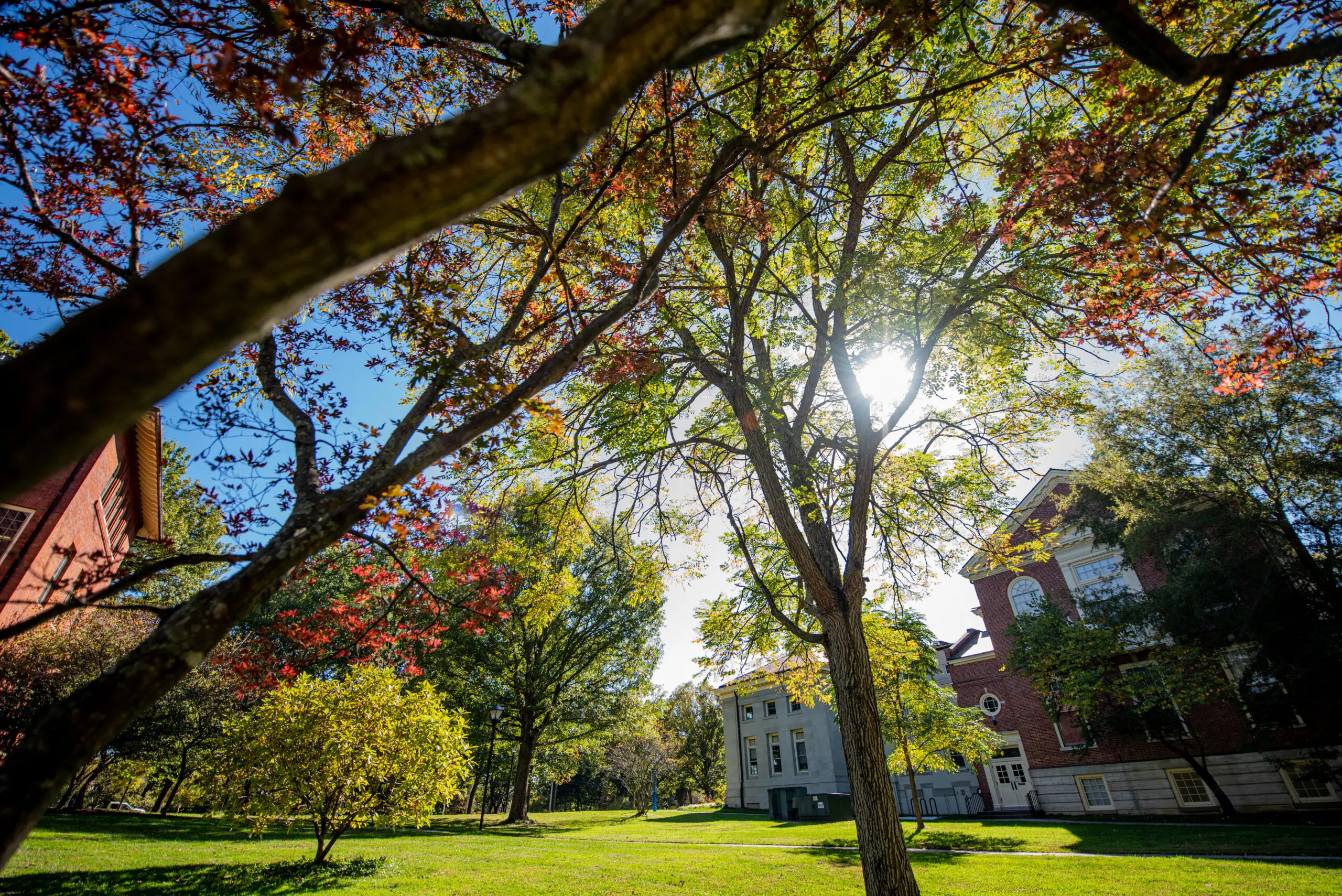
Solar Energy Research in the Physics Department
Charles Rayburn ’45 first encountered electricity in 1925. “My first use of electricity was hearing a radio powered by a six-volt car battery,” he recalled. It would be 13 years before he encountered it for the second time when he saw electric lights at Berea College.
At that time, Berea College operated a high school known as the “Lower Division.” As a Lower Division student, Charles discovered a lifelong passion for physics in general and electricity in particular. “In Mr. Fenn’s Berea classroom, I became acquainted with electricity,” he said. “This training gave me direction through four years of war, four years of college, two years of graduate school, and a forty-year career.” From that first fascination with electricity sparked by John Fenn ’37, a great scientist and 2002 Nobel laureate, Charles grew into an accomplished nuclear physicist and inventor in his own right.
With his scientific background in nuclear physics, Charles sees solar electricity is vital to the future. He wants Berea to remain on the cutting edge of electrical technology, just like it was in 1938. That’s why he started the Rayburn Solar Energy Endowment, which his son Bill helps him oversee. The Rayburn endowment supports internships and experiential programs that help prepare Berea students for careers in solar energy.
Coal has always been very important economically for Kentucky and the rest of Appalachia and a crucial contribution to America’s energy supply. But Bill explained that his father sees big changes on the horizon. Rapidly increasing need for electricity today means that coal and other traditional energy sources may not be enough. Bill foresees that the surge in demand from things like AI data centers means that America’s future needs a lot more electricity. “Solar can help complement coal to meet that increased demand,” he said. And its renewability is a value add.
On top of all that, solar could also provide a big boost to Appalachia’s economy. With his innovative inventor’s eye, Charles sees how solar energy offers special opportunities for the region. “Solar energy is especially suited for Appalachia,” he explained. “Slopes that are too steep for agriculture could become solar farms. And low-cost solar energy will attract new industries.” The Rayburn endowment is driving that kind of economic development by helping the solar industry take root in Appalachia.
By preparing students for solar careers, the Rayburn endowment is helping to ready the region for solar energy. And, guided by the values they learned here at the College, new Bereans are sure to answer the call just as Charles himself did back in Mr. Fenn’s classroom.
Solar Panel Project
Across many important industries, new technologies are becoming more vital every day. To thrive in tomorrow’s job market, students at Berea College need experience with tomorrow’s technology—things like making solar panels and producing solar energy. For Berea students to become the next generation of leaders in the solar energy industry, they need the opportunity to explore these technologies during their time at college.
This past summer, the Berea College Physics department began a special project to help students get hands-on, in-depth experience with how solar panels work. Through the Undergraduate Research and Creative Projects Program (URCPP), and with funding from the Rayburn Solar Energy Endowment, Dr. Troy Messina, Dr. Tyler Maxwell ’13, and three students—Ryan ’26, Hayes ’27, and Alex ’28—built the equipment to manufacture small solar panels right here at the College.

Alex, Ryan, and Hayes started off the summer by learning several different ways to fabricate the things that make solar panels work. They made and tested components out of metals like nickel and copper to learn about their electrical and crystalline properties. The students then built a machine called a “sputtering vacuum system” to make all sorts of specialized components for solar panels. This involved a lot of special parts and materials that would have been out of reach without funding from the Rayburn endowment.
The chance to build and work with equipment like this is a valuable opportunity for Berea’s students. “You typically wouldn’t find something like this at a small liberal arts college,” said Dr. Maxwell. “It’s a very specialized piece of equipment, and we’re really fortunate to be able to have it.” This machine performs a process known as “sputtering film deposition” to make the special materials needed for solar panels.


Building the equipment to make solar panels gave Ryan, Hayes, and Alex a taste of real scientific work. “The most important thing I learned from this project was the nature of research,” said Ryan. Moreover, the fact that this opportunity was given to them by a donor also meant a lot. “The things we were able to do thanks to donor contributions have been a wonderful learning experience,” said Hayes. And the learning won’t end with just these three—future students will also get to learn from the sputtering vacuum system that Ryan, Hayes, and Alex built.
Thanks to the Rayburn Solar Energy Endowment, Berea students who want a career in solar energy have the chance to develop a rare level of knowledge and expertise. “Most institutions like Berea don't have this sort of equipment available,” said Dr. Messina. “I think anyone who gets involved with this project is going to have a real leg up if they want to go to graduate school or if they decide they want to go into an industry that’s materials-based.” Whether they plan to push the frontiers of scientific research or start a career in the solar energy industry, this new equipment will help Berea students be leaders in innovation.




